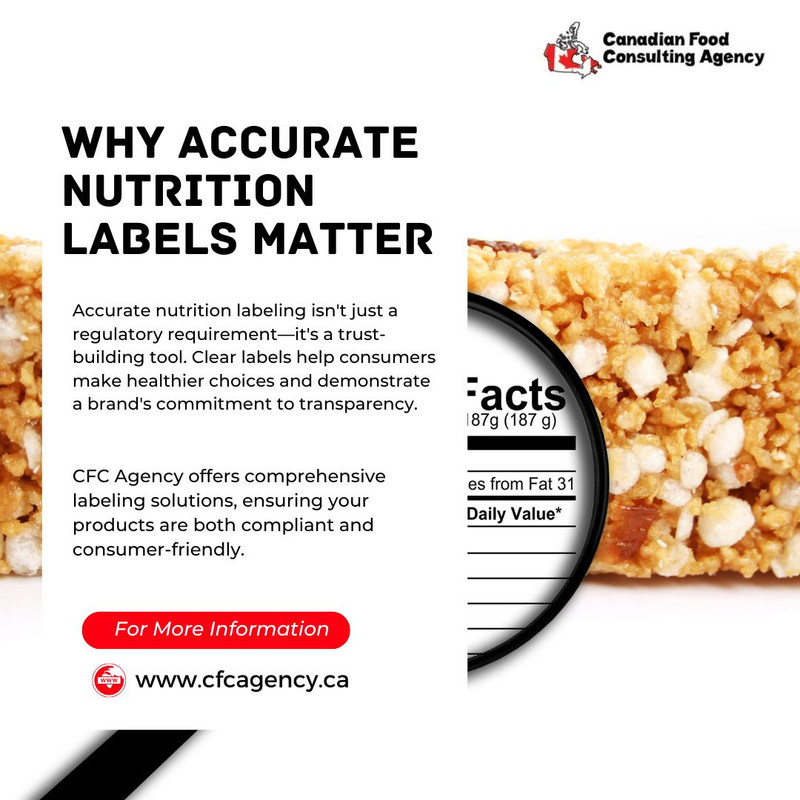In today’s health-conscious world, dietary supplements are everywhere—vitamins, minerals, protein powders, herbal blends, and more. While these products can support your wellness goals, understanding what’s actually inside the bottle is key to making safe, informed decisions. Reading supplement labels correctly is the first step. Whether you’re browsing the vitamin aisle or shopping online, here’s a guide to decoding supplement food labelling, especially if you’re in Canada.
Why Supplement Labels Matter
Supplement labels are your primary source of information about what you’re putting into your body. They tell you what the product contains, how much to take, and what it might help with. In Canada, these labels follow strict Canadian food labelling regulations, overseen by Health Canada, to ensure safety and accuracy.
1. Look for the NPN (Natural Product Number)
In Canada, all approved supplements carry an eight-digit Natural Product Number (NPN) or Homeopathic Medicine Number (DIN-HM). This number means the product has been reviewed and approved by Health Canada for safety, efficacy, and quality. Always avoid supplements that don’t carry an NPN.
2. Understand the “Medicinal Ingredients” Section
This part lists all active ingredients, such as vitamins, minerals, or herbs, along with their specific amounts per serving. Compare this with your daily requirements to ensure you’re not over- or under-consuming anything. For example, too much vitamin A or iron can be harmful.
Also check the form of the ingredient. Some forms are more bioavailable than others (e.g., magnesium citrate is generally better absorbed than magnesium oxide).
3. Don’t Skip “Non-Medicinal Ingredients”
This section includes binders, fillers, coloring agents, preservatives, or flavorings that don’t directly contribute to the product’s health benefits. While these are generally considered safe, people with allergies or sensitivities (e.g., gluten, lactose, artificial dyes) should read this section carefully.
4. Pay Attention to Dosage Instructions
The “Recommended Use” and “Recommended Dose” sections tell you how much and how often to take the supplement. More isn’t always better—exceeding the suggested amount could lead to side effects or toxicity, especially with fat-soluble vitamins like A, D, E, and K.
5. Check the Expiry Date
Like food, supplements degrade over time. An expired product may not be harmful, but its potency could be significantly reduced. Always check the expiration date before purchasing or using any supplemented food.
6. Beware of Health Claims
In Canada, supplement labels can only make approved health claims based on scientific evidence. Be cautious of bold promises like “cures arthritis” or “melts fat instantly”—these are red flags. Legitimate Canadian food labelling regulations prevent such misleading claims.
7. Consider the Source
Always purchase supplements from reputable brands and retailers. Look for companies that follow Good Manufacturing Practices (GMP) and offer transparent, third-party testing for quality assurance.
Final Thoughts
Understanding supplemented food labelling isn’t just for nutritionists—it’s essential for every consumer. In Canada, labels are designed to empower you with the information you need to make smart, safe choices. By checking the NPN, reading the ingredient list, and being mindful of health claims and dosing, you’ll be better equipped to find the right supplement for your needs.
Make every pill count—read before you swallow.








